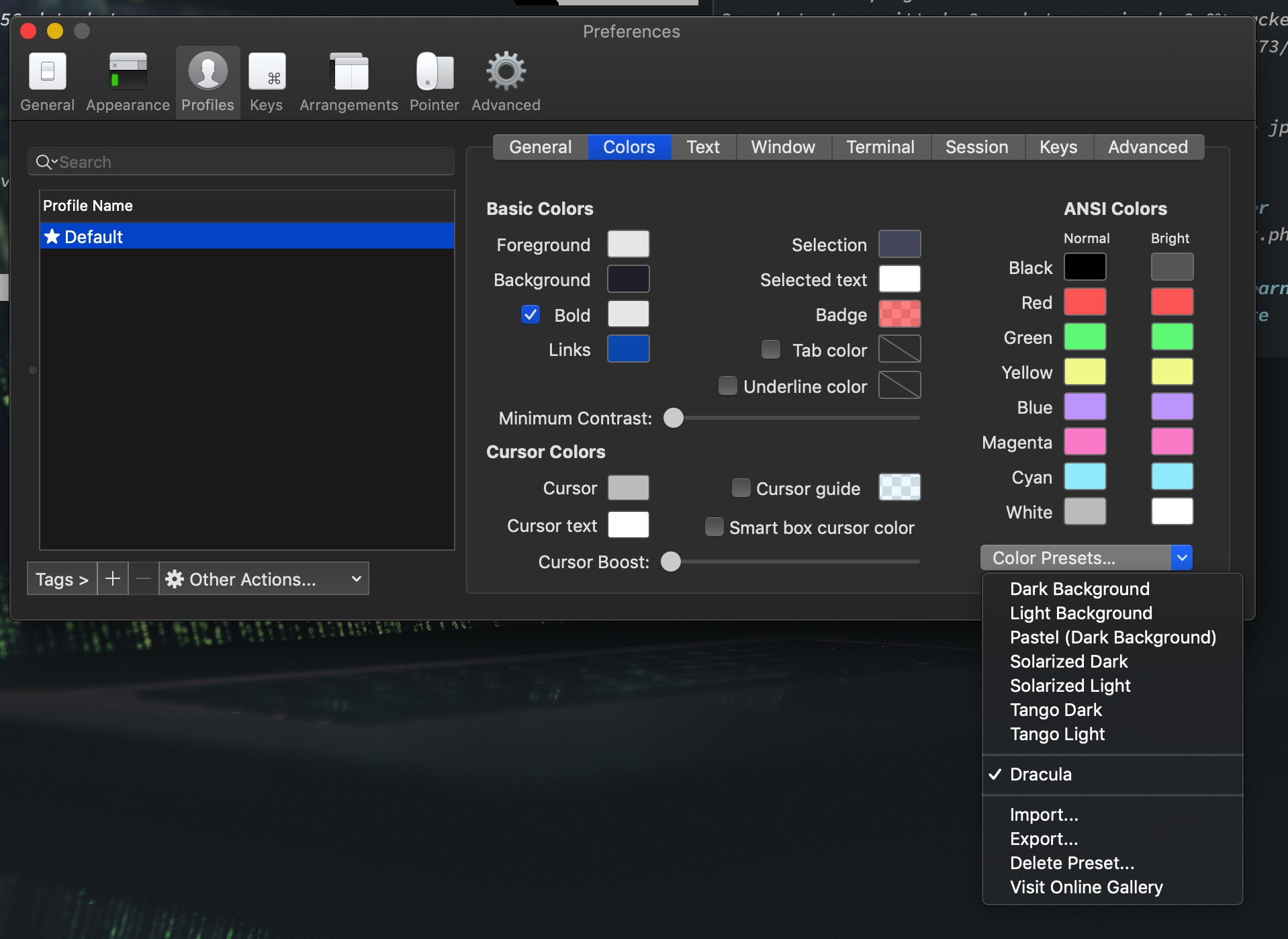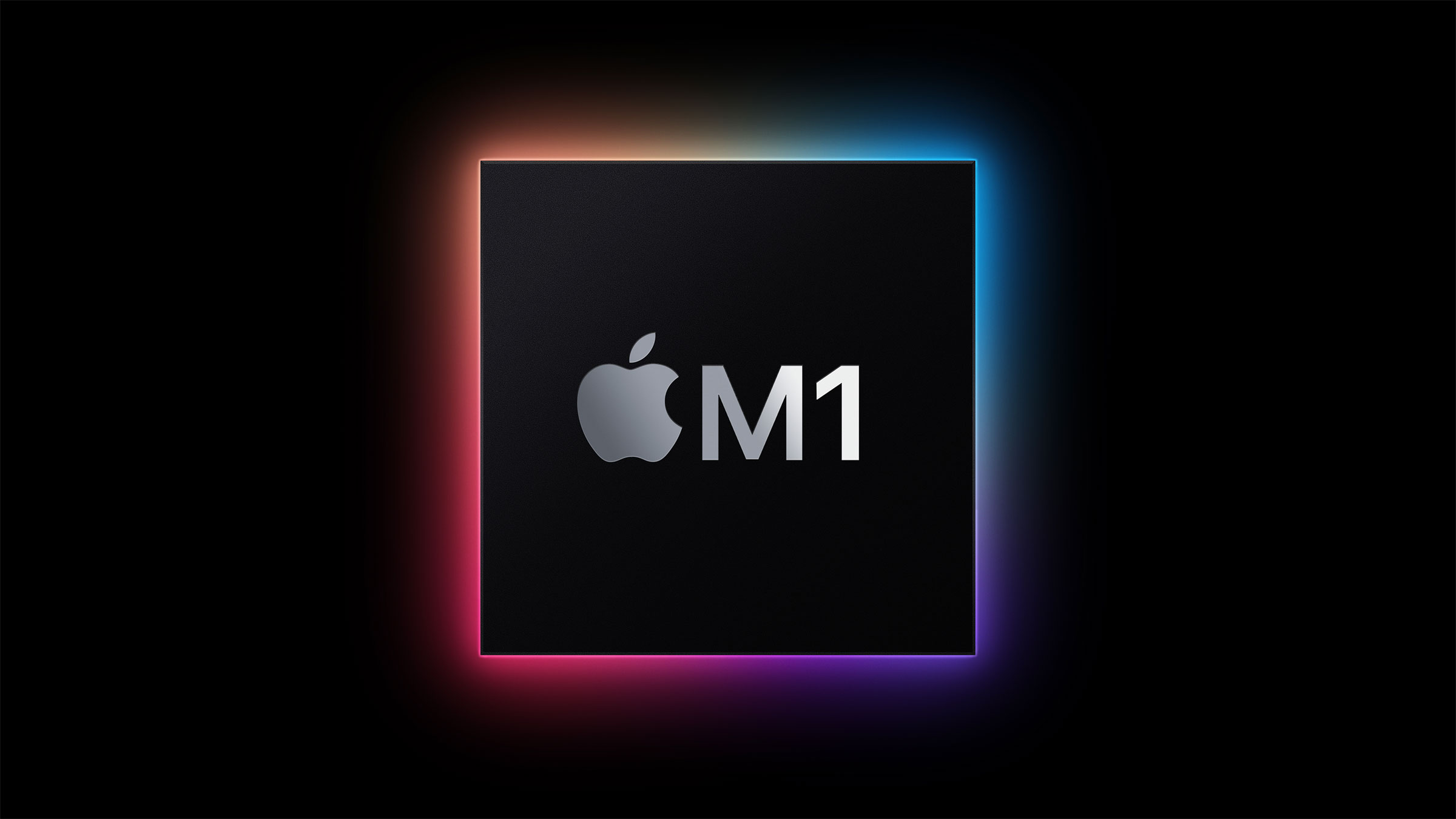
#ITERM M1 MAC INSTALL#
Furthermore, if you then install Rosetta and successfully install a project's dependencies by run Intel Mac commands,.It may be impossible to successfully intall the project's dependencies unless you run Intel Mac install commands using Rosetta.If you're working on a Python project which is pinned to a specific version of Python and has pinned dependency versions,.In fact, some tools may even impossible to use without Rosetta! For example: Many people use terminal tools everyday, like pyenv, that are much easier to use with an M1 Mac by running Intel Mac commands using Rosetta. Why is it useful to run Intel Mac commands? This document focuses on iTerm with zsh but the same functionality can be applied to other terminal apps or shells.

If you follow these steps, you can still use your current terminal the same plus you will have a terminal that can run Intel Mac commands using Rosetta. Although the process of making a Rosetta terminal is documented on the internet, I don’t feel it’s clear how few steps are involved in creating and using a Rosetta terminal! This document provides the few steps needed to create a Rosetta terminal so you can run Intel Mac commands on your M1 Mac like a boss!

This document describes solving M1 Mac vs Intel Mac terminal command discrepancies by creating a copy of your terminal and setting it up to run Intel Mac terminal commands using Rosetta. This worked for me but was really error prone, “Did I forget the flag? Did I add the flag in the correct place?”. After installing Rosetta, I initially used it by adding a custom flag to commands like this arch -x86_64. My issue initially came from trying to use Pyenv to install and use different versions of Python across multiple projects.
#ITERM M1 MAC SOFTWARE#
Rosetta is Mac software to run Intel Mac terminal commands on an M1 Mac.

After using terminals (iTerm, Terminal, Kitty) with an M1 Mac without issue for over a year, I finally came upon an issue that I couldn’t solve without using Rosetta.


 0 kommentar(er)
0 kommentar(er)
